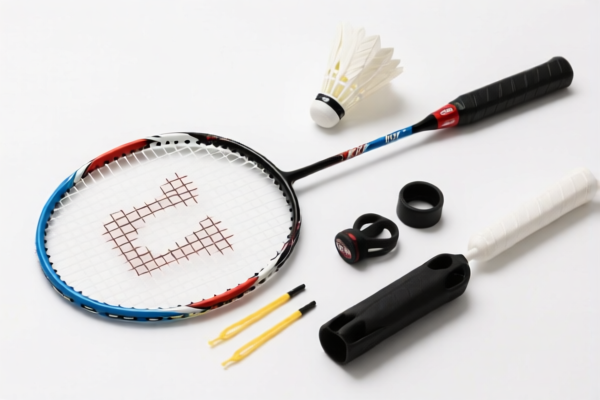| HS Code | Official Doc | Tariff Rate | Origin | Destination | Effective Date |
|---|---|---|---|---|---|
| 3926907500 | Doc | 34.2% | CN | US | 2025-05-12 |




Okay, let's break down the classification and potential import considerations for your "EXERCISE BALL" based on the HS codes provided.
Understanding the HS Codes & Potential Classification
You've received two potential HS codes, which suggests there might be some ambiguity in classifying this item. Here's a detailed look at each:
1. HS Code: 3926.90.75.00 – "Other articles of plastics and articles of other materials of headings 3901 to 3914: Other: Pneumatic mattresses and other inflatable articles, not elsewhere specified or included"
- 39: Plastics and articles thereof. This chapter covers a wide range of plastic products.
- 26: Other articles of plastics and articles of other materials of headings 3901 to 3914. This narrows it down to specific plastic articles.
- 90: Other. This indicates the item isn't specifically listed in the more detailed subheadings.
-
75.00: Pneumatic mattresses and other inflatable articles, not elsewhere specified or included. This is where your exercise ball likely falls if it's primarily made of plastic and is inflatable.
- Tax Implications: Currently, the total tax rate is 34.2% (Basic Tariff: 4.2%, Additional Tariff: 0.0%, Additional Tariff after 2025.4.2: 30%).
2. HS Code: 9506.99.80.60 – "Articles and equipment for general physical exercise, gymnastics, athletics, other sports (including table-tennis) or outdoor games, not specified or included elsewhere in this chapter; swimming pools and wading pools; parts and accessories thereof: Other: Other Other, including nets and miscellaneous sporting goods not otherwise specified."
- 95: Toys, games and sports equipment; parts and accessories thereof.
- 06: Articles and equipment for general physical exercise, gymnastics, athletics, other sports (including table-tennis) or outdoor games, not specified or included elsewhere in this chapter.
- 99: Other. This is a broad category for sporting goods not specifically classified elsewhere.
-
80.60: Other Other, including nets and miscellaneous sporting goods not otherwise specified.
- Tax Implications: Tax information retrieval failed for this HS code. This is a problem! We need to determine the correct tax rate.
Which HS Code is Correct?
The best HS code depends on the material composition and intended use of the exercise ball.
- If the exercise ball is primarily made of plastic and is considered a general inflatable item, 3926.90.75.00 is likely the more accurate code.
- If the exercise ball is specifically designed and marketed as a piece of sports equipment for exercise (e.g., used in Pilates, fitness classes, rehabilitation), 9506.99.80.60 might be more appropriate.
Important Considerations & Recommendations:
- Material Verification: Crucially, confirm the exact material composition of the exercise ball. Is it 100% plastic? Does it have a fabric covering? The material will heavily influence the correct HS code.
- Intended Use: How is the product marketed and sold? Is it sold as a general inflatable item or specifically as a fitness/sports product?
- Tax Rate for 9506.99.80.60: We must determine the correct tax rate for HS code 9506.99.80.60. I recommend contacting a customs broker or using a reliable tariff database to get this information. The "Error" status is unacceptable for import planning.
- Certifications: Depending on the final HS code and the country of import, you may need specific certifications (e.g., safety standards, quality control). Please provide the country of import so I can advise on potential requirements.
- Single Invoice: Ensure the invoice clearly describes the goods and their material composition.
- Customs Broker: I strongly recommend consulting with a licensed customs broker in the destination country. They can provide definitive classification advice and handle the import process on your behalf.
To help me refine the classification and provide more accurate advice, please tell me:
- What country are you importing the exercise balls into?
- What is the primary material composition of the exercise ball (e.g., PVC plastic, rubber, fabric covering)?
- How is the product marketed and sold (e.g., general inflatable, fitness equipment)?
Customer Reviews
I found the section on material verification and intended use extremely useful. It helped me understand how to classify my product correctly.
The information was helpful, but I was a bit confused about the tax rate for HS code 9506.99.80.60. It would be better if the error was clarified.
The page gave a clear comparison between the two HS codes. I appreciate the detailed breakdown of the material composition and intended use for classification.
Great breakdown of HS code 3926.90.75.00 for exercise balls. The explanation of tariff rates and classification was spot on.